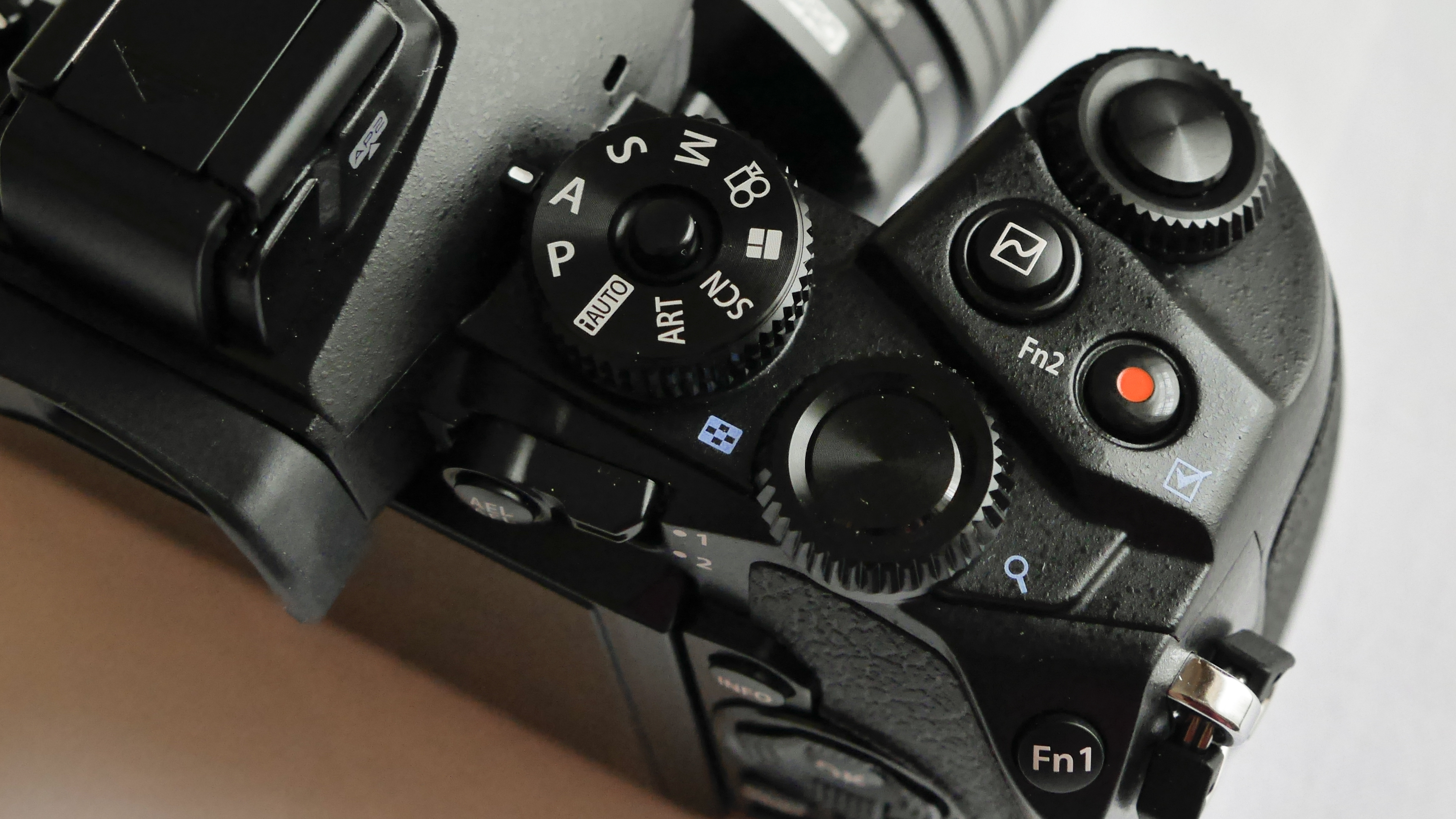Why you can trust TechRadar
Olympus sees the OM-D E-M1 as the replacement to the E-5, the last high-end SLR the company made. It's hoping that it will convert diehard SLR users to switch to a lighter, more portable camera.
On the face of it, Olympus may get its way: the E-M1 has a comprehensive feature set and its handling is well thought through. It also looks and feels like a 'proper camera'. It's weather-sealed so it can be used whatever the conditions, has plenty of direct controls with easy reach and has just about all the features an enthusiast photographer could want from a good walk-around camera. In fact it has such a wealth of features that some photographers are likely to be finding new modes and settings for some considerable time after purchase.

Many photographers will find the EVF a more than adequate stand-in for an optical viewfinder, and it has the benefit of being able to show the scene as it will be captured. The LCD screen is also good, it's just a shame that Olympus has opted for a tilting unit rather than a fully articulating one that is of use when shooting upright images.
While the E-M1's autofocusing system isn't quite a match for a high-end SLR's in low light, it's one of the best (if not the best) available in a compact system camera. Those with a collection of Four Thirds lenses will find it a very good, modern alternative to their old DSLR.
We liked
There are buttons and dials aplenty on the camera body and these give direct access to key features so that settings can be changed quickly. The electronic viewfinder is also excellent and much more useful than an optical finder.
The E-M1's Dual Fast AF system is also excellent and enables fast automatic focusing whether a Micro Four Thirds lens is mounted directly or a Four Thirds lens is attached via an adaptor. In daylight it is a good match for an SLR's provided the AF point is over the subject. We think it's the best AF system that you can find in any currently available compact system camera.
It's quick and easy to connect the E-M1 to a smartphone and Olympus's app affords plenty of control over the camera. It's even possible to change shooting mode – despite the fact that it's set via a dial on the camera.
Sign up for breaking news, reviews, opinion, top tech deals, and more.
We disliked
Given the comprehensive featureset of the E-M1 it's a shame that Olympus plumped for a tilting LCD screen rather than a fully articulating monitor as this would be much more versatile and be far more useful when shooting upright images.
It would also be nice to be able to navigate the main menu using the touchscreen.
Unless you carry the instruction manual with you at all times a better help system would also be useful when trying to find some features during the first few days of using the camera. The Color Creator, for example, isn't easy to find as the Fn2 button needs to be held down while one of the control dials is rotated.
Verdict
Happily the E-M1 isn't all style and no substance. It also delivers high quality, correctly exposed images with plenty of detail, good colour and well-controlled noise. The images look natural and sharp and although there is noise visible at relatively low sensitivity settings, it isn't intrusive and only visible if you look for it at 100% on-screen.
